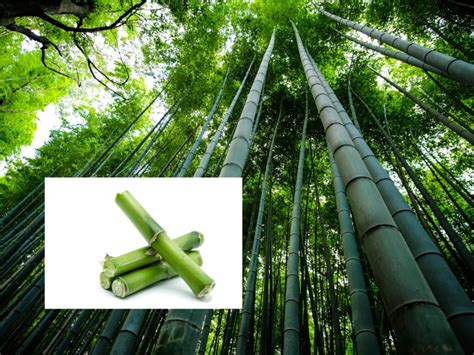Bamboo – a truly remarkable plant belonging to the Bambusoideae subfamily of the perennial evergreen grass family Poaceae (Gramineae), is renowned for its rapid growth. In fact, according to Guinness World Records, some species of bamboo can grow up to 91cm in a mere 24 hours. Its leaves display a striking yellow hue, adorned with green stripes, and the canes exhibit a unique purplish-green colour, potentially reaching 90cm-1.5m in height.

Landscape Gardener Tools (search)
However, with such impressive growth comes the tendency for bamboo to become invasive due to its rhizome-based spreading. This can be a challenge in maintaining a controlled garden environment. Moreover, proper watering is crucial; mature bamboo typically requires hydration 2-3 times a week, especially under windy or hot conditions. For optimal growth, bamboo favours well-drained sandy-loam and clay-loam soils, avoiding rocky terrains.
When considering bamboo cultivation indoors, ensure ample light and humidity are provided within a robust container. Its resilience is evident as it thrives in a variety of global climates, capable of adapting to challenging soil and weather conditions. On the other hand, if you’re grappling with bamboo overgrowth, it is essential to understand that once established, the root balls and runners are quite formidable and may require more than just standard garden hand tools to remove.
Despite the general perception, if you plant a bamboo tree, do not expect to witness any visible growth in its initial year. It’s during this time that the plant focuses on establishing a strong root system. Bamboo, while predominantly evergreen, enters a state of dormancy throughout the autumn and winter months. To rejuvenate an underperforming bamboo, pruning can stimulate new growth and eliminate parts that are drawing unnecessary resources.

